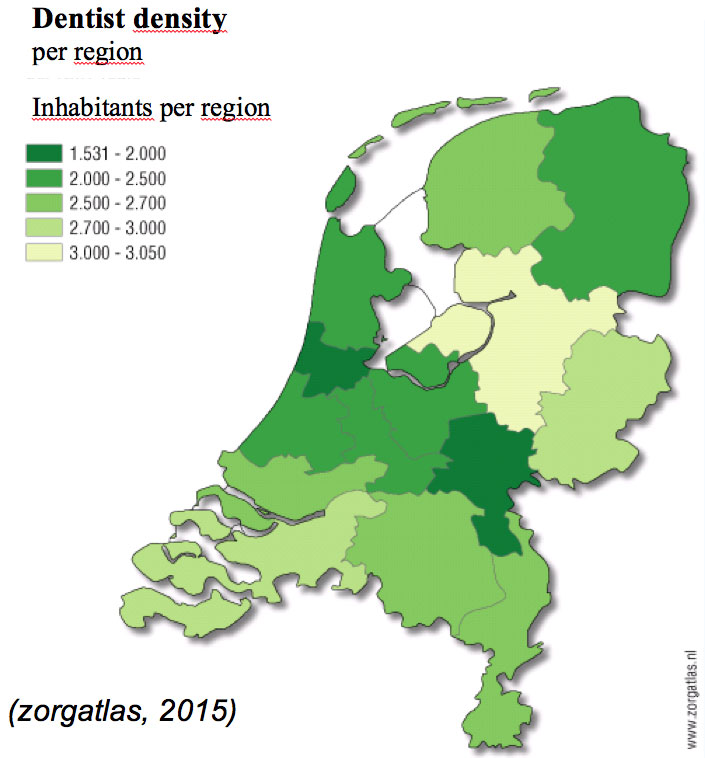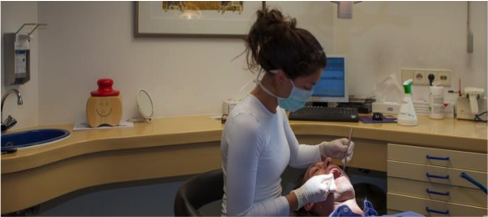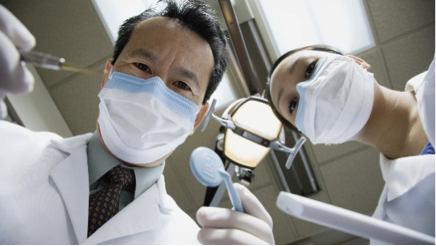Dentist Project
 | Dentist Internship in the Netherlands |
Background Information
Introduction
At this moment there are 8.653 dentists in the Netherlands. These dentists work in 6000 different practices all over the country. Since the year 2011 the amount of dentists in the Netherlands has decreased. This applies to the overall number of dentists, as well as for the amount of Full Time Employees available.
Within the next ten years, about 40% of Dutch dentists will reach the statutory retirement age. If these dentists retire at this age, it could mean a potential loss of 3.461 dentists from the profession within the next 10 years.

Because of the “Numerus Clausus” (closed number policy) only 240 students per year can start studying Dentistry and a maximum of 240 students will graduate. In 10 years this will provide just 2400 new dentists.
The average density of dentists in The Netherlands as of 1st of January in 2013 was 1.917 inhabitants per dentist. There is a notable difference in density of dentists between the different regions (see map below).
At present, 64% of dentists are male but the number of female dentists is increasing. Of all dentists under the age of 39, 57% are female and 80% of recent dental graduates are female. Traditionally more females work part time which also impacts on the supply of full time dentists in the future.
Whilst the number of dentists is expected to fall in the forthcoming years, the demand for dental care will increase due to the ageing population.

Foreign Dentist in The Netherlands
The amount of dentists coming from overseas (around 250 in 2015) exceeds the amount of graduates from the Dutch dentistry programmes (240 in 2015). For the recognition of a foreign dentist from inside the EU, the Dutch government demands that they are registered on the BIG-register (a Dutch register for health professionals). A recognized degree is not enough.
For dentists with a diploma from outside the EU, assessment is mandatory. It is possible, however to start working under the supervision of an established dentist, for which an assessment is not needed.
Demand for Dental Care 78% of the Dutch population go to the dentist at least once per year. They get in touch with their dentist about 2,7 times per year. The reason for visiting the dentist in 63% of cases is a periodical inspection . The demand for regular dental car remains stable whilst the demand for expensive crowns, bridges and full dentures has decreased.
It is expected that the demand for dental care will remain high in the long run because:
• The Dutch population keeps its own teeth for longer which increases and prolongs the demand for mouth care.
• The ageing population demands more complex treatments in the areas of paradontology, implantology, and for crowns and bridges.
• Due to popular "make-over" programmes on television, the demand for cosmetic procedures has increased. More and more adults want to do something about their teeth at an older age. About 10% of the patients in orthodontics are adults. Treating adults in orthodontics is more complex than treating children.

Conclusions
Because 40% of the total number of dentists in The Netherlands will potentially retire in the coming 10 years, there will be a big outflow in terms of numbers and experience. This outflow will not be fully compensated by the amount of graduates from the Dutch dental program.
If the government doesn't take action, within 10 years from now there will be a significant shortage of dentists in the Netherlands with potentially 30% less dentists practicing in 2025 than in 2015.
These shortages will be notable in more rural areas such as northern and western Friesland, in the east of the Netherlands and in Zealand.
The only way to avoid this shortage is to increase the amount of students able to enroll in dentistry education and/or to bring in more dentists from overseas.





